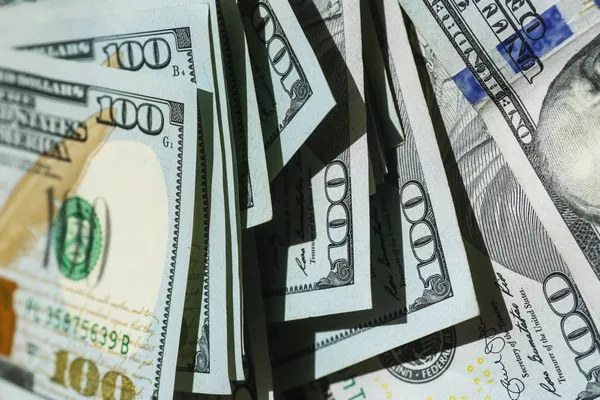The global financial landscape is ever-changing, and one of the most notable shifts in recent times has been the weakening of the US dollar. As the world’s primary reserve currency, the strength or weakness of the dollar has far-reaching implications for global trade, investments, and economic stability. In this article, we will explore the various factors contributing to the recent depreciation of the US dollar and analyze the potential consequences for the global economy.
Monetary Policy and Interest Rates:
One of the key drivers behind the weakening of the US dollar is the Federal Reserve’s monetary policy, particularly its stance on interest rates. In response to the economic challenges posed by the COVID-19 pandemic, the Federal Reserve adopted an accommodative monetary policy, lowering interest rates to near-zero levels. While this move aimed to stimulate economic growth and employment, it also had the side effect of reducing the appeal of the US dollar for investors seeking higher yields.
As interest rates in other regions remained relatively stable or increased, the interest rate differential between the US and other countries narrowed, making alternative currencies more attractive for investors. This shift in interest rate dynamics contributed to a decline in demand for the US dollar, leading to its depreciation against other major currencies.
Inflationary Pressures:
The US has experienced an uptick in inflationary pressures in recent months, driven by various factors such as supply chain disruptions, increased demand for goods and services, and rising commodity prices. While moderate inflation is a normal part of economic growth, higher-than-expected inflation can erode the purchasing power of a currency.
Investors and central banks closely monitor inflation rates when making decisions about currency holdings and investments. The recent increase in inflation in the United States has raised concerns about the future value of the dollar, prompting some investors to diversify their currency holdings and allocate funds to assets that historically perform well during inflationary periods, such as commodities and foreign currencies.
Trade Imbalances:
Persistent trade imbalances can also contribute to the weakening of a currency. The United States has consistently run trade deficits, meaning it imports more goods and services than it exports. While a trade deficit is not inherently negative, as it can reflect a growing economy with strong consumer demand, chronic imbalances can put downward pressure on the currency.
As the US continues to import more than it exports, there is a higher demand for foreign currencies to settle international transactions. This increased demand for other currencies relative to the US dollar can lead to a depreciation of the dollar in the foreign exchange markets.
Global Economic Recovery:
The global economic recovery from the impact of the COVID-19 pandemic has been uneven, with some economies rebounding more rapidly than others. Countries with robust recoveries may see increased demand for their currencies, further contributing to the relative weakness of the US dollar.
Investors seeking higher returns may look to economies that are experiencing stronger growth prospects, diverting capital away from the US and into regions with more favorable economic conditions. This shift in investment preferences can contribute to a decline in the value of the US dollar against a basket of other currencies.
Geopolitical Factors:
Geopolitical events and uncertainties can also influence currency valuations. Trade tensions, political instability, and other geopolitical factors can create uncertainty in financial markets, leading investors to reassess their currency holdings.
In recent years, the US has faced various geopolitical challenges, including trade disputes with major trading partners and political uncertainties. These factors can contribute to a lack of confidence in the US dollar, prompting investors to seek safer and more stable assets elsewhere.
See Also : Who is on the $100 bill What did he do?
Conclusion:
The weakening of the US dollar is a complex phenomenon influenced by a combination of domestic and international factors. From monetary policy decisions and interest rate differentials to inflationary pressures and global economic dynamics, multiple variables contribute to the relative strength or weakness of a currency.
While a weaker dollar can have both positive and negative implications for different stakeholders, it underscores the interconnectedness of the global economy. Investors, businesses, and policymakers around the world closely monitor currency movements, recognizing the impact they can have on trade, investments, and economic stability.


